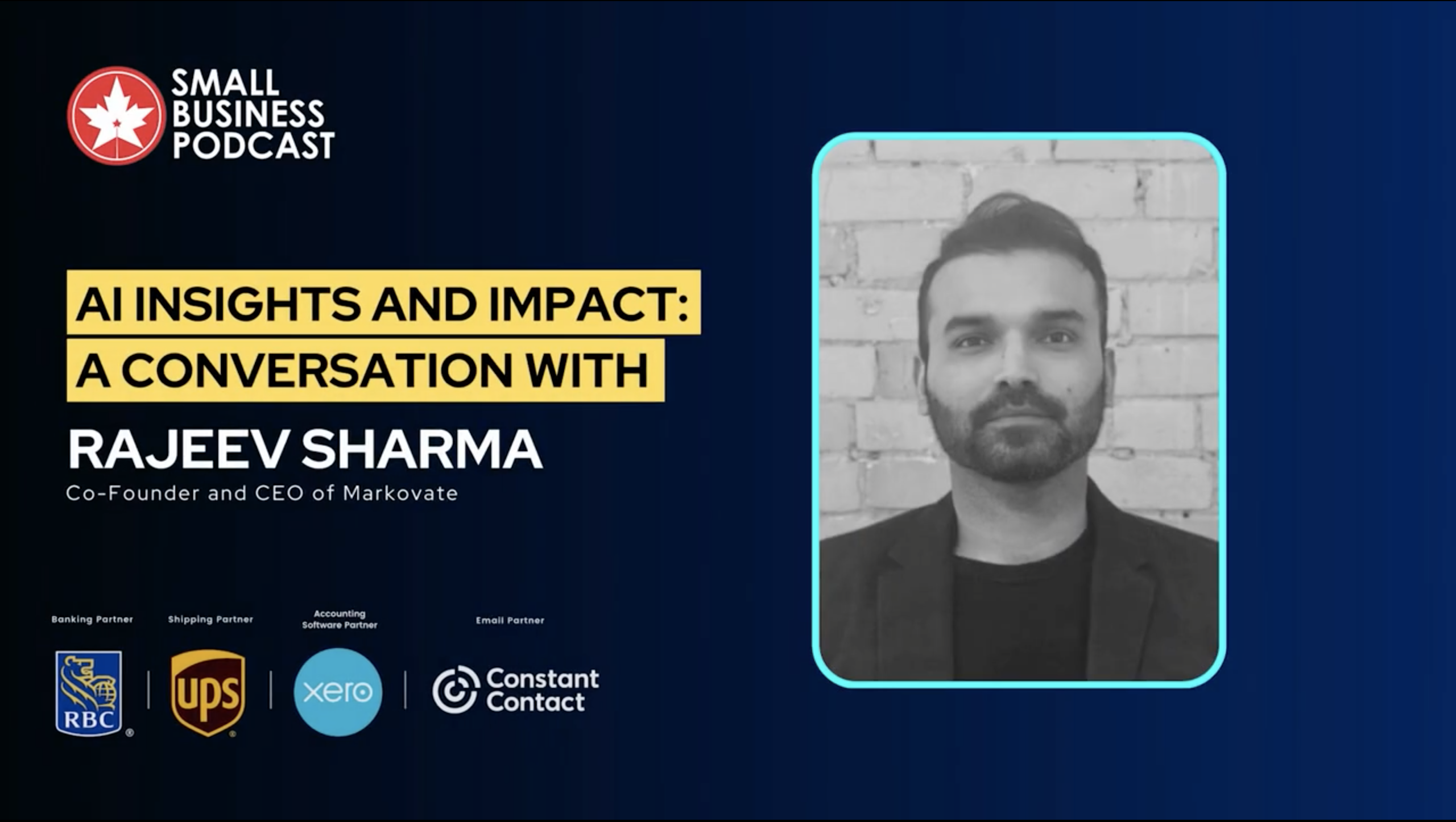In a metaverse advertising video, Meta showed out a futuristic-looking VR headset concept. Although there’s no evidence that this is a real product in the works, the new headset is undoubtedly more advanced than a Quest headset and even slimmer than the planned Cambria headset.
Fingertip sensors are also demonstrated, which could help rapidly and precisely identify finger location while providing haptic input.
These views into the future were discovered as part of Meta’s monthly tradition of sharing a few videos that depict both near-term hardware and future VR headsets.
Meta imagines a period where the metaverse’s depiction quality is indistinguishable from reality, or perhaps the business took artistic license in the most future video. There’s little doubt that this will be achievable in the future, but it’s difficult to predict when that will happen. In the video, three practical instances of the metaverse were offered.
Students can either be physically present or teleport into a seat at a metaverse-accessible lecture. The professor can operate virtual 3D objects like a biological cell to understand its metabolism. Because the cell is dividing, it can be tossed to a student to inspect more closely.
A medical student uses an improved VR headgear and fingertip sensors to practice surgery on a simulated patient, which may provide greater precision and tactile input. Before moving on to cadavers for hands-on experience, this type of instruction, which can be performed hundreds or thousands of times, would be highly beneficial.
Finally, Meta’s concept video shows history coming to life with modern students visiting ancient Rome and seeing Mark Antony discuss Julius Caesar’s defects and merits as a ruler. Students can move around and observe the scene as if they were physically present.
While the future metaverse’s potential is exciting, much work still needs to be done before this vision becomes a reality. Early versions of classrooms, hands-on teaching, and historical sites are currently available in various apps, and they are nicely done given the constraints of existing hardware. What will be achievable in the near future with more improved headsets is unknown.
Meta’s Cambria, a more pricey VR headset, is arriving later this year, so that the wait won’t be long. It’ll be interesting to see how effectively Meta’s Cambria renders the early metaverse and how immersive the experience may be.
For our team’s latest technological insights and news, visit – News insights and technology updates
News source: digitaltrends





